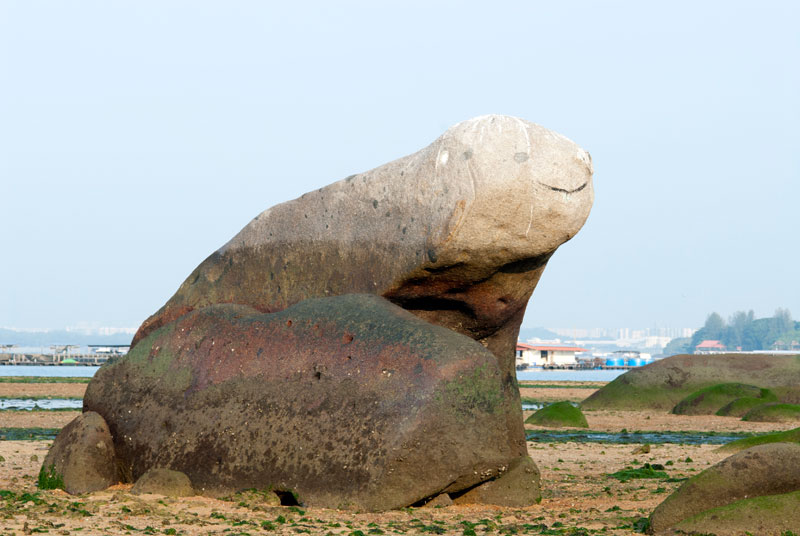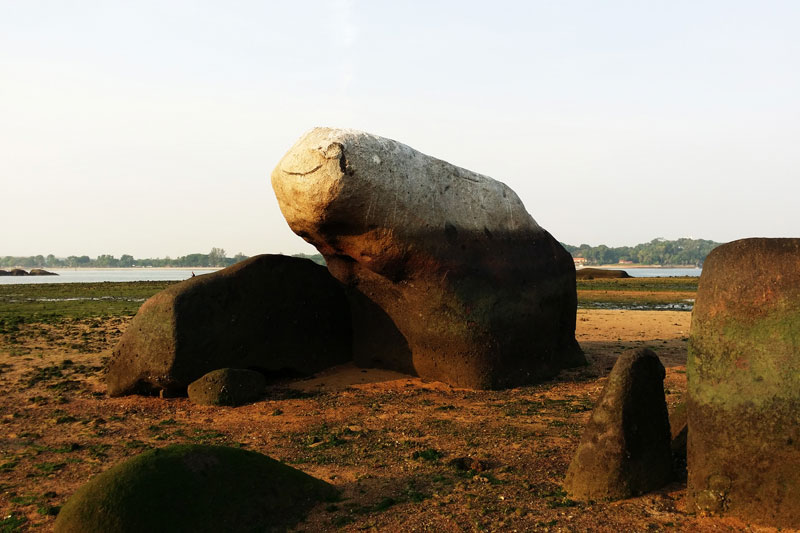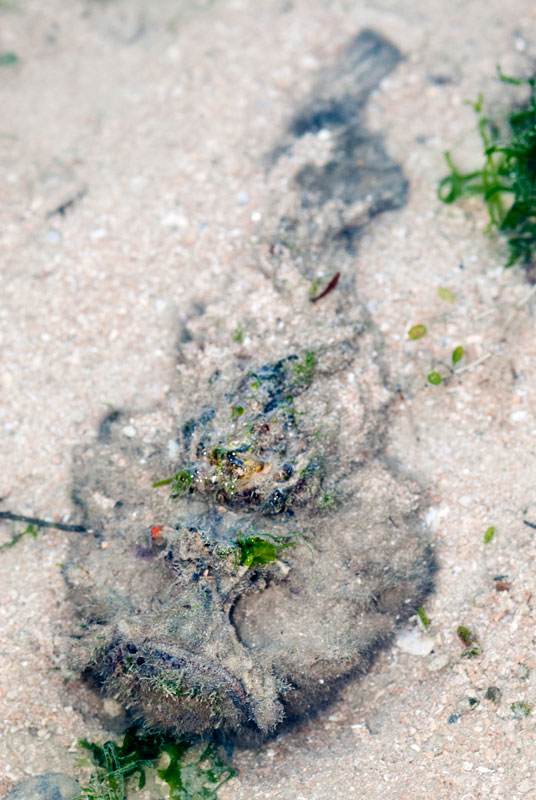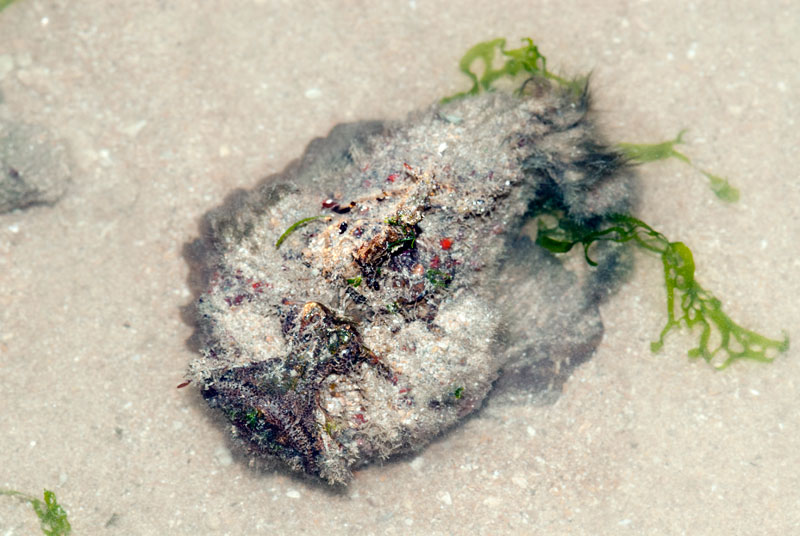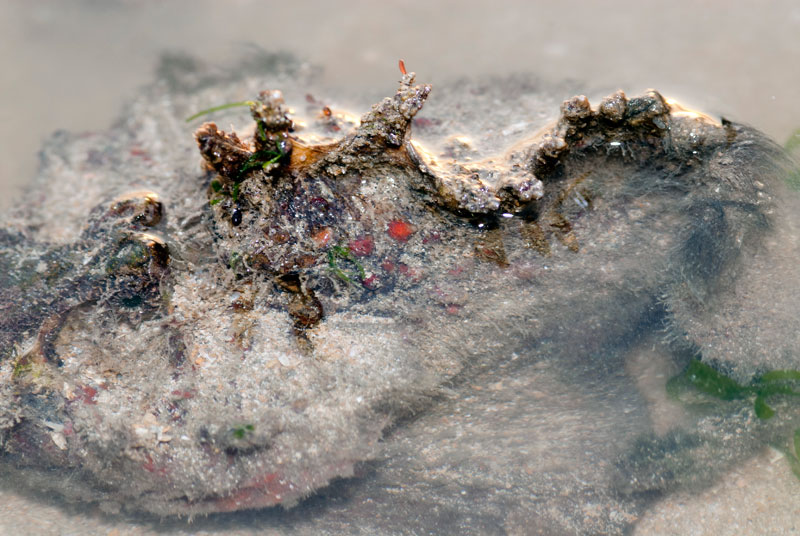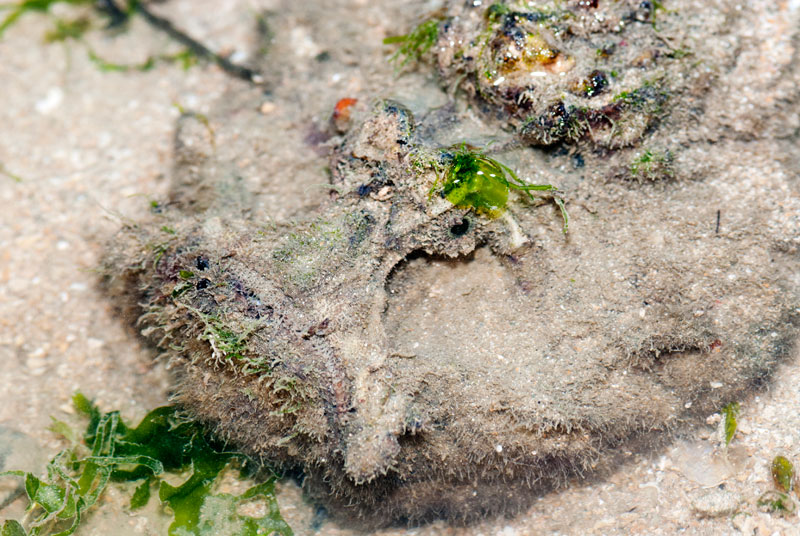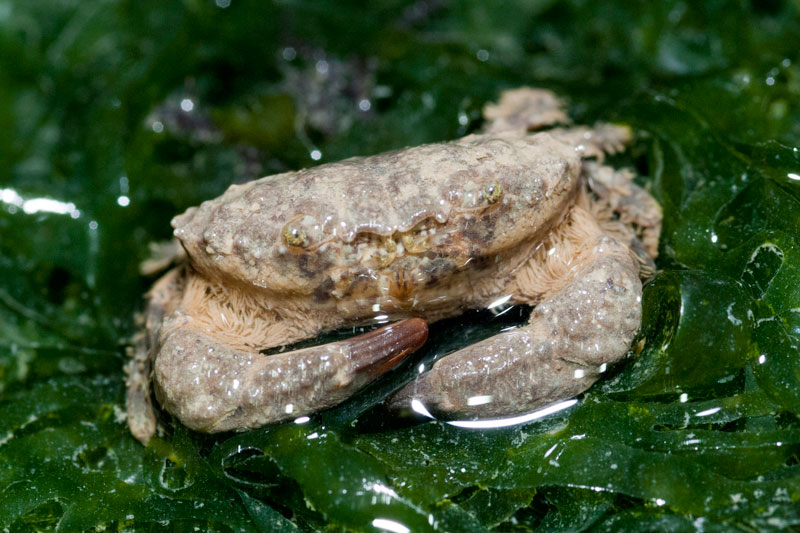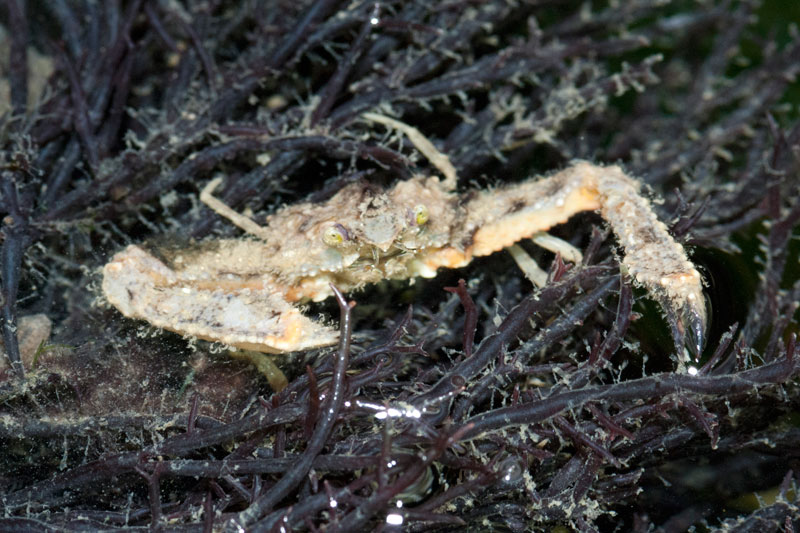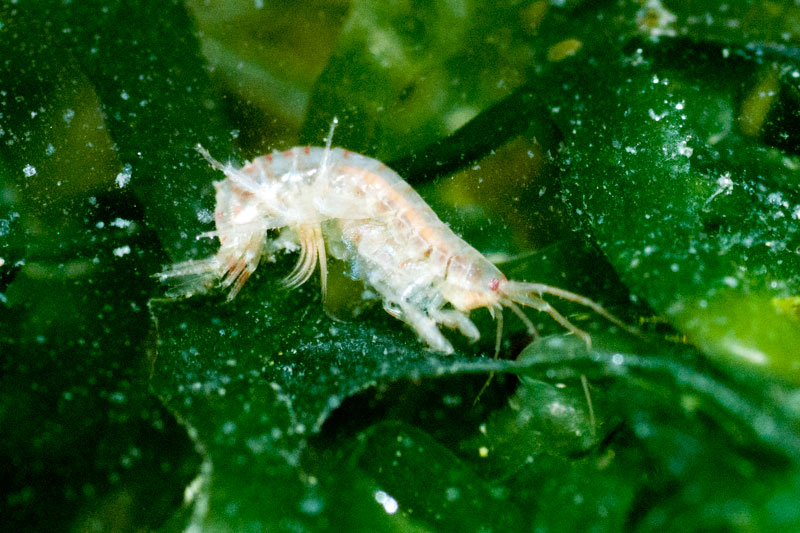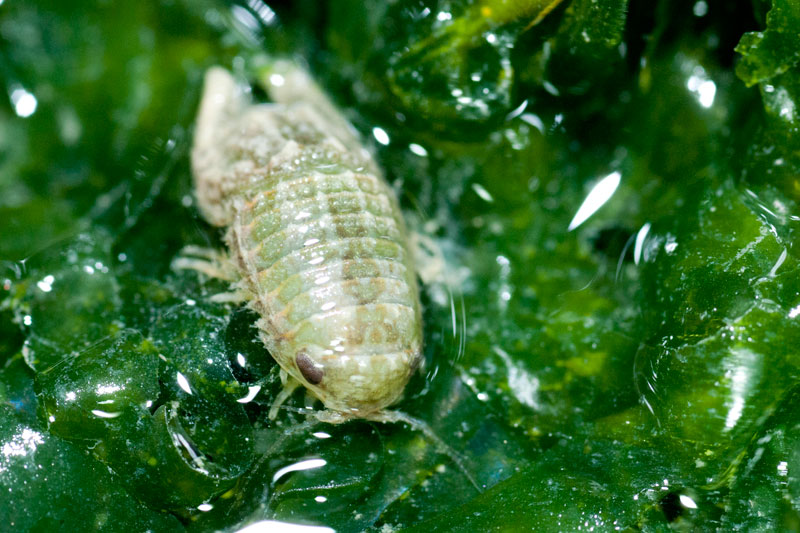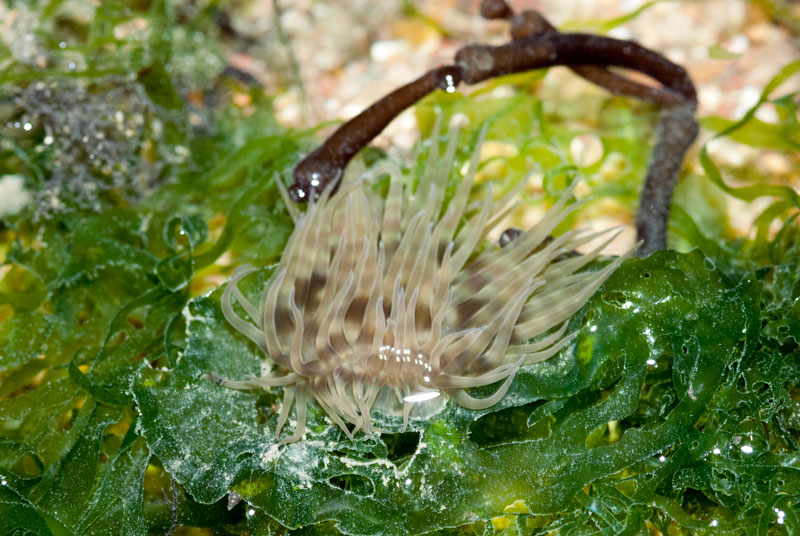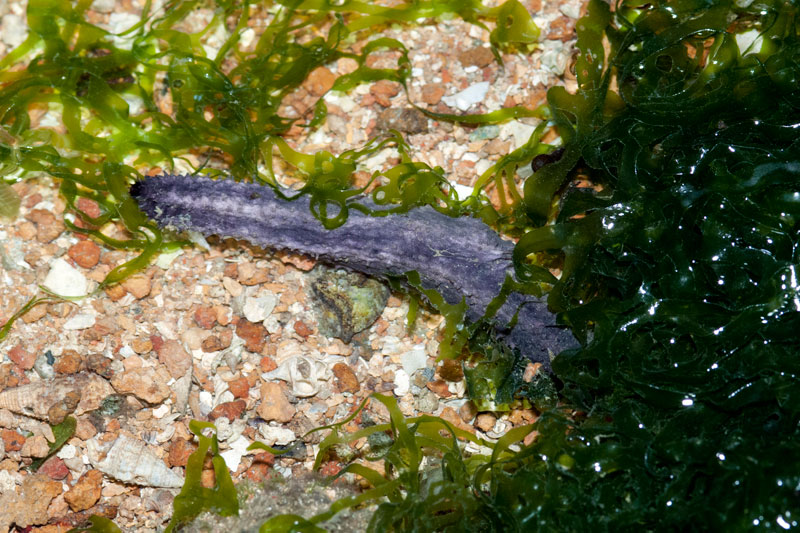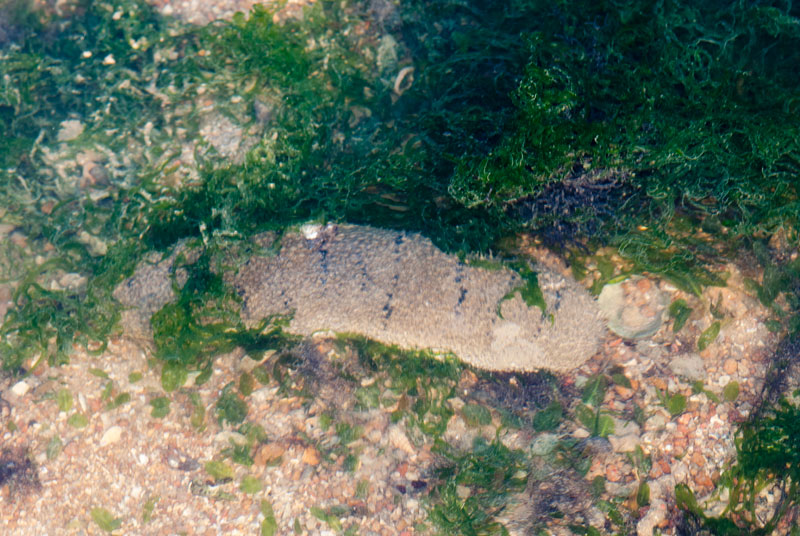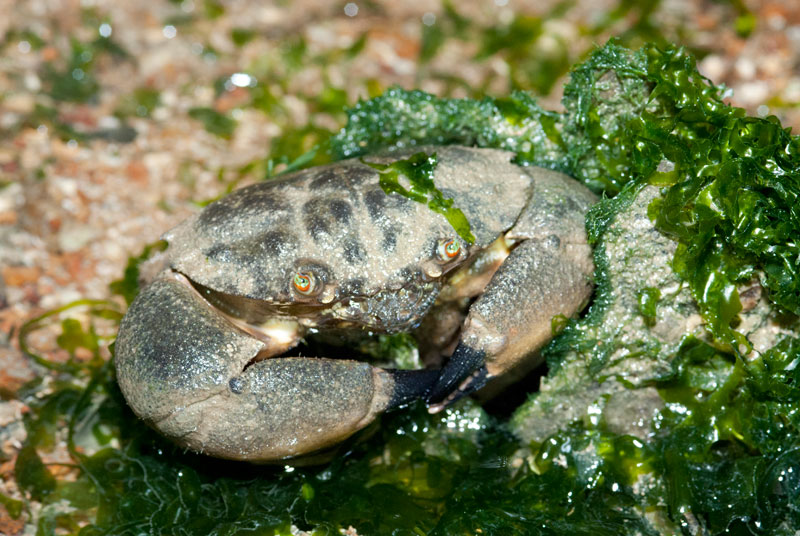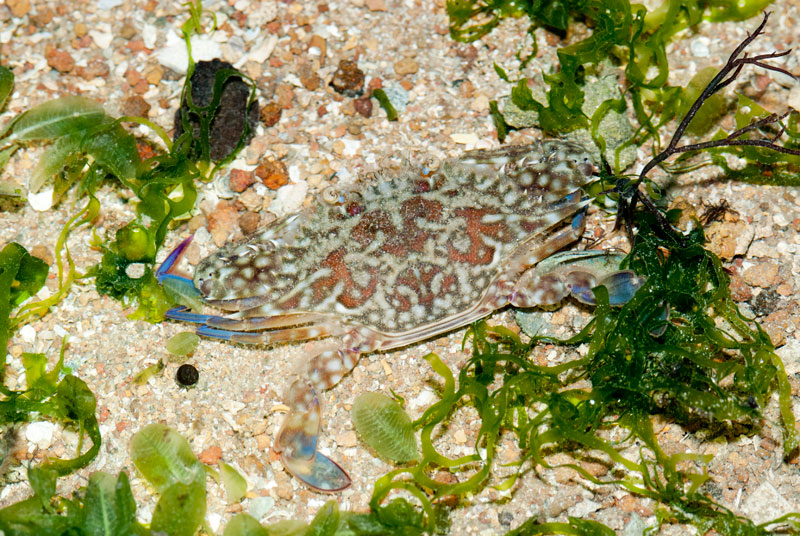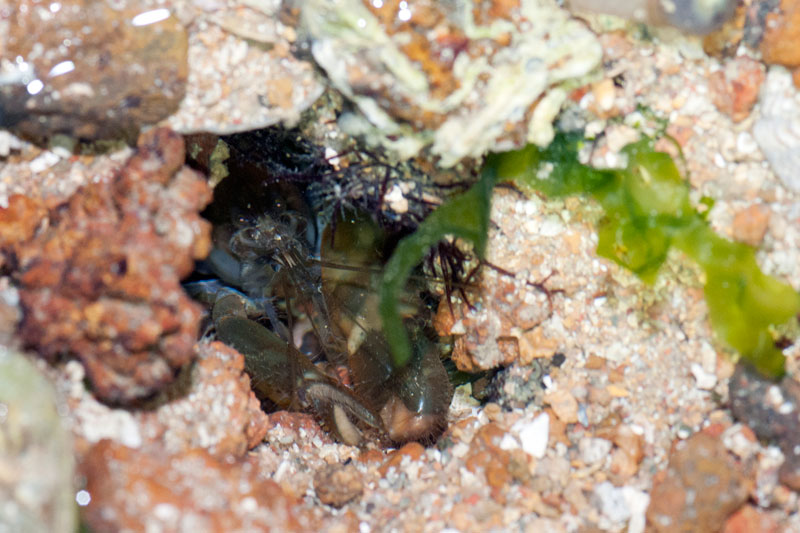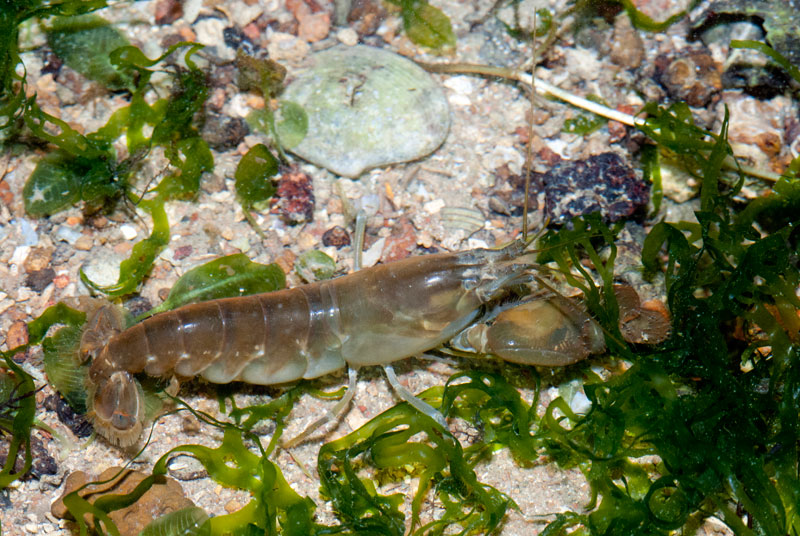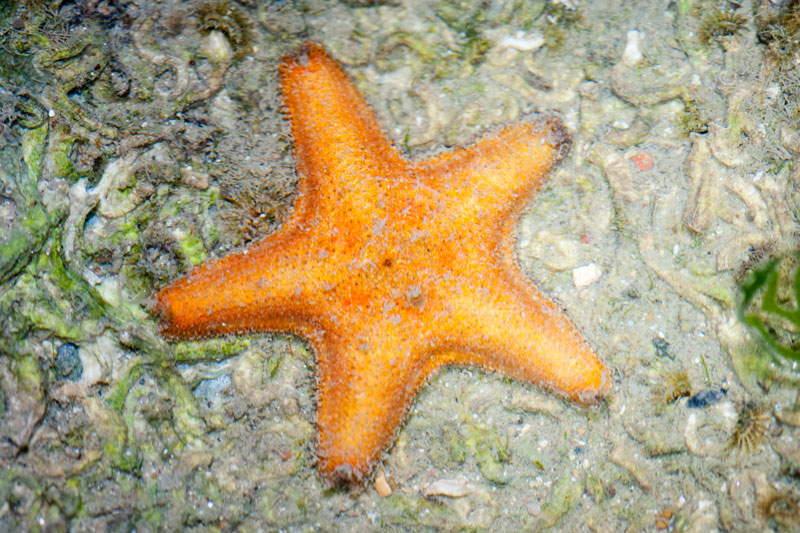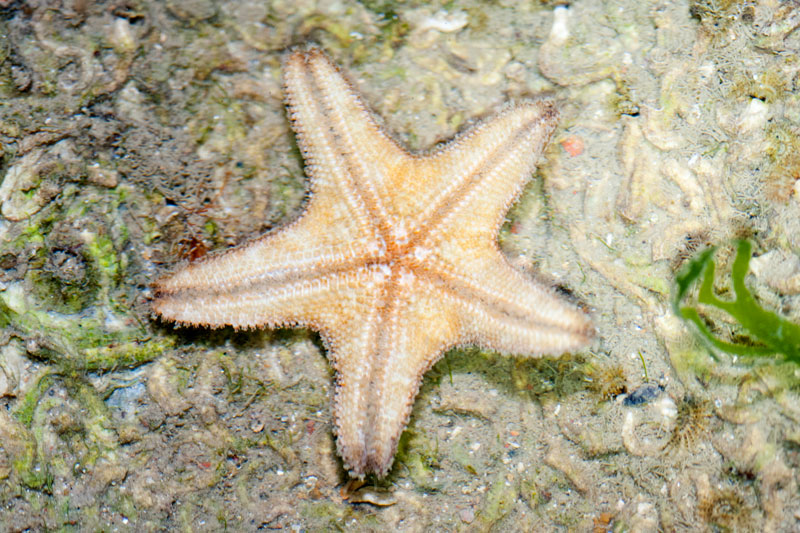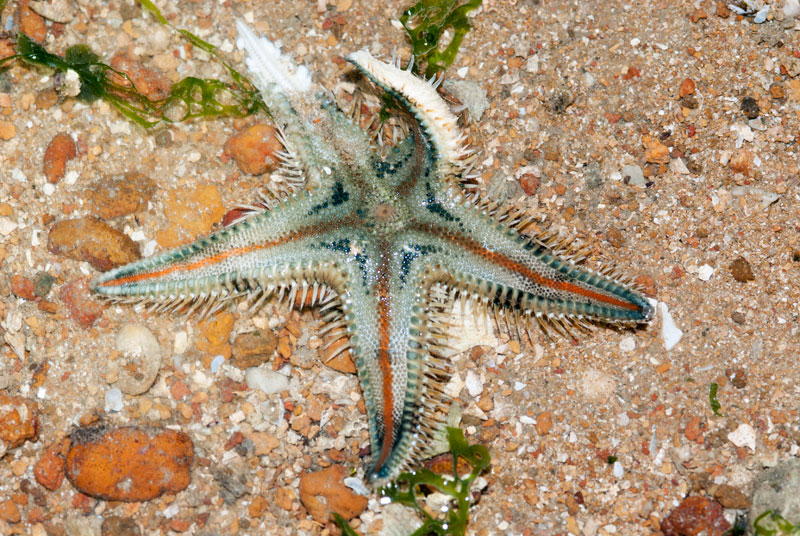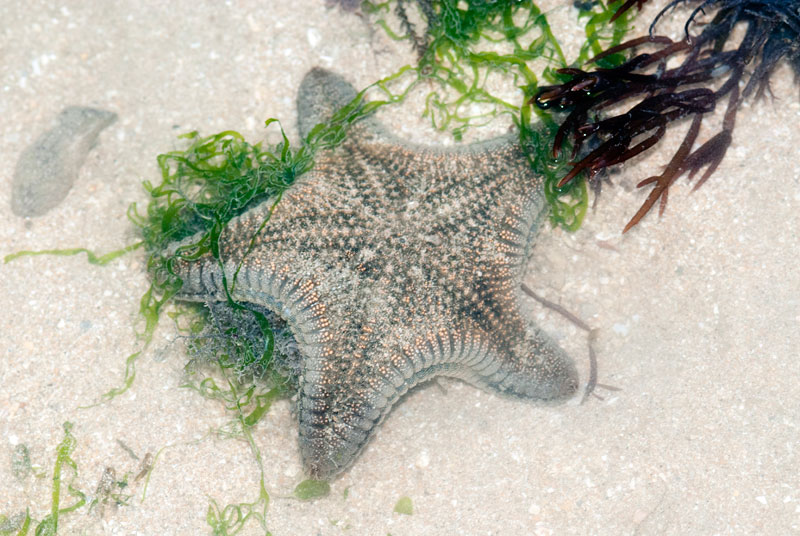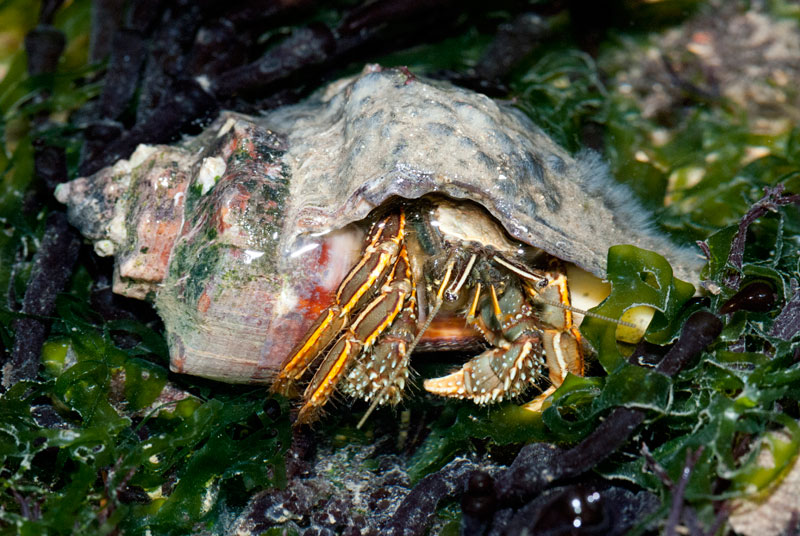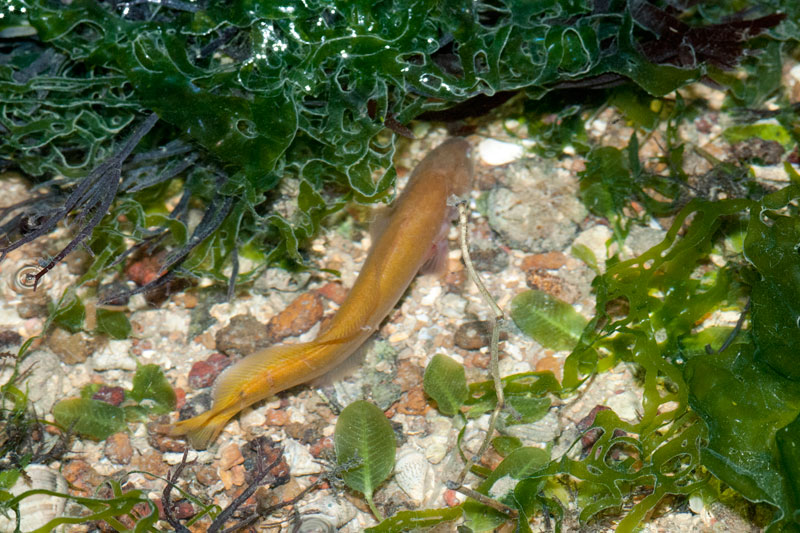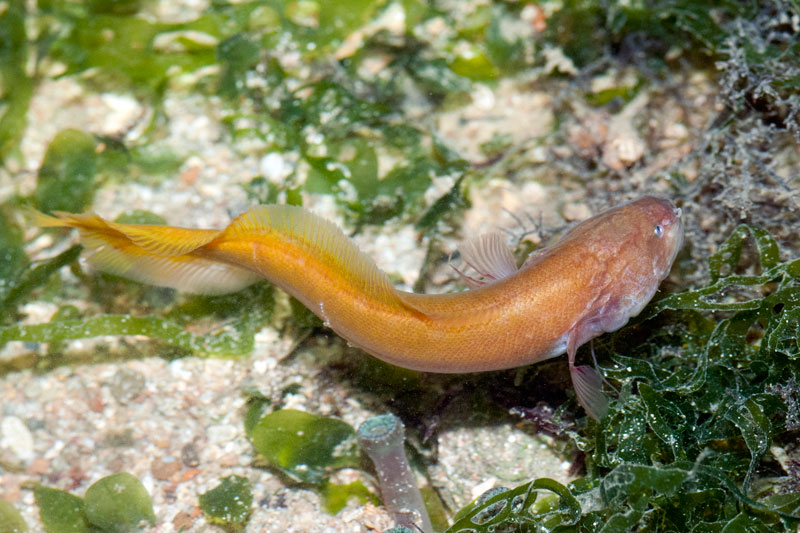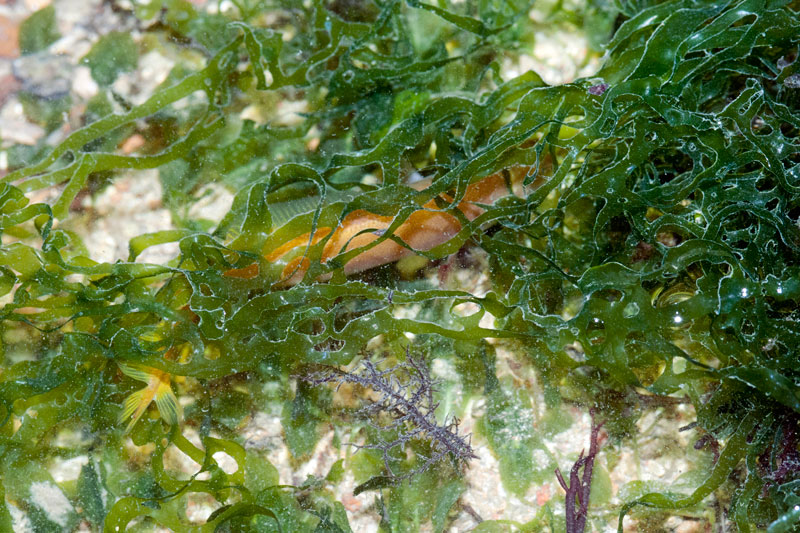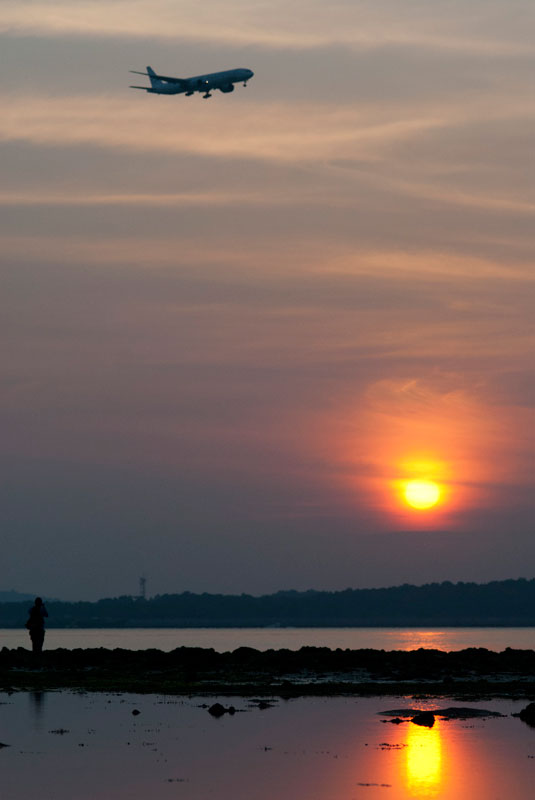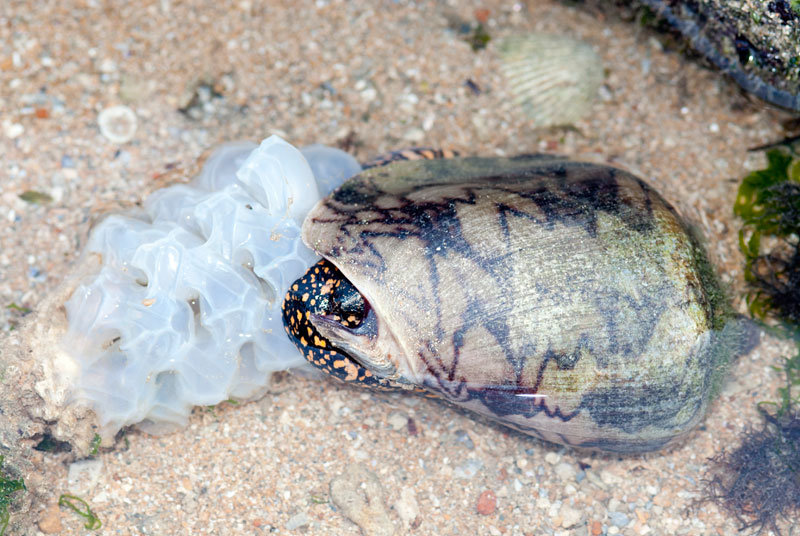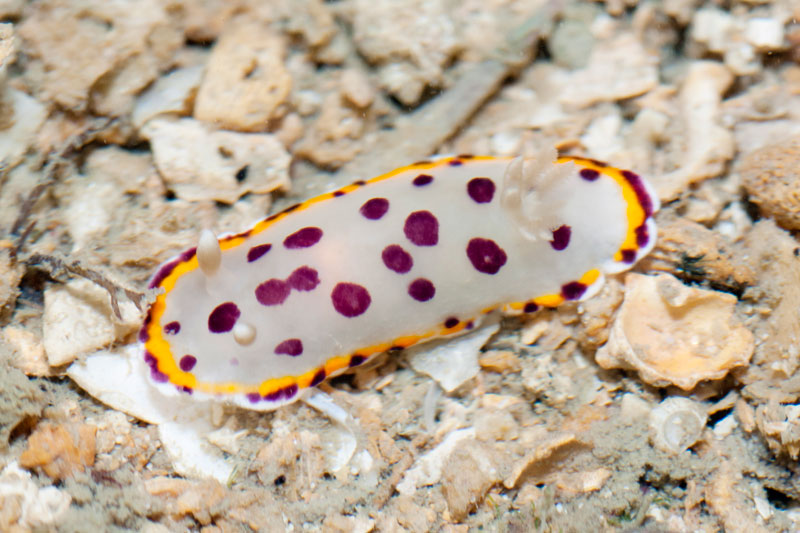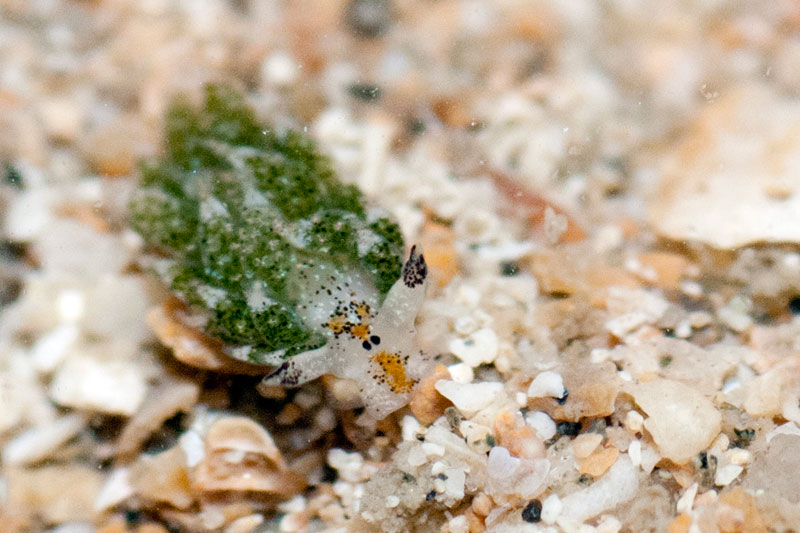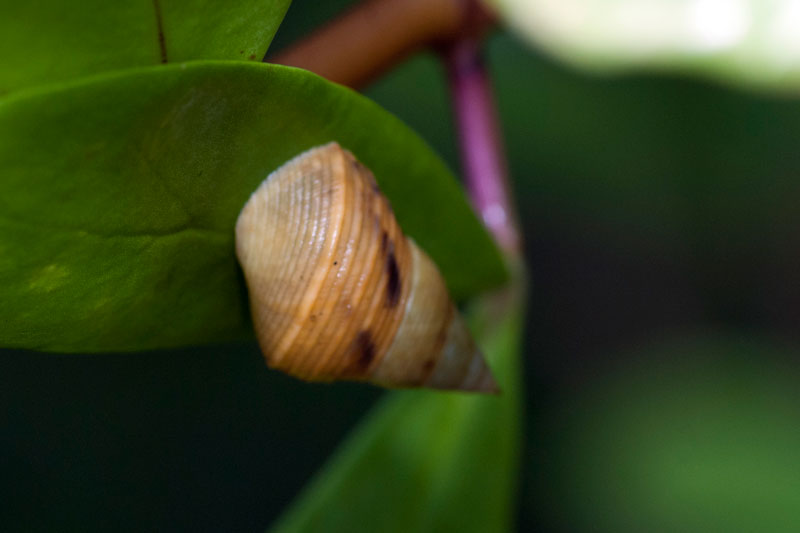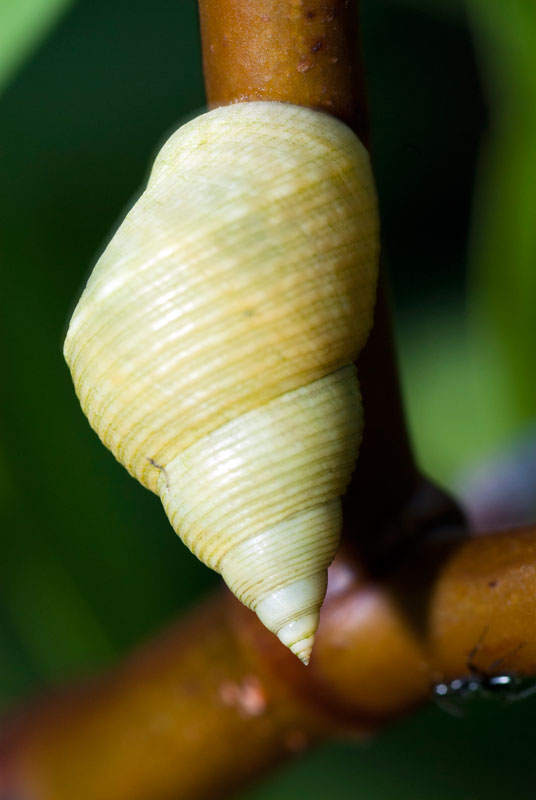This is Pulau Semakau, the southern island where our incinerated waste is shipped to. The aerial image shows the actual intertidal area of Pulau Semakau.
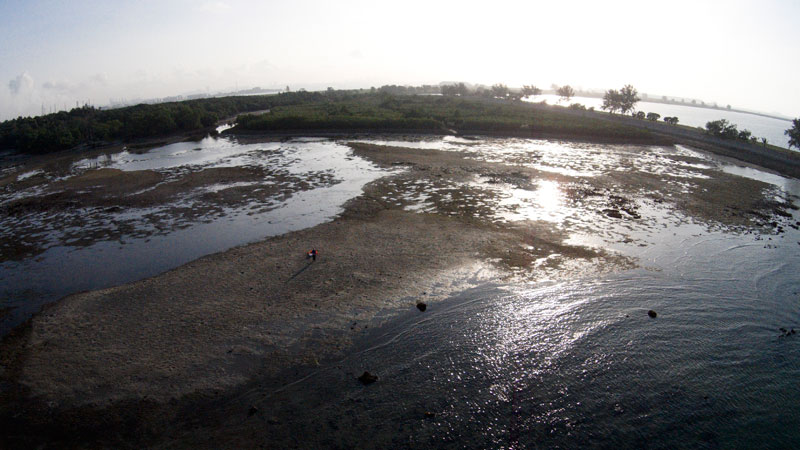
- Aerial shot of Pulau Semakau
We had a great sunrise over Pulau Semakau this morning.
Behind the mangroves of Pulau Semakau, where the birds began to wake up to a new day and the herons are flying in to feed, the Sun peeks up gently with its golden glow.
Behind the mangroves of Pulau Semakau, where the birds began to wake up to a new day and the herons are flying in to feed, the Sun peeks up gently with its golden glow.
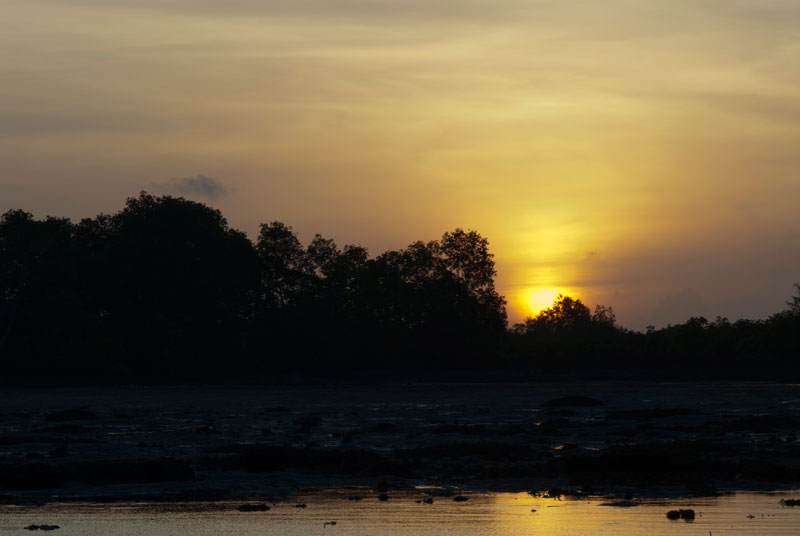
- Peeking sun behind the mangroves of Pulau Semakau
The magnificent sunrise this morning send the large golden yoke up to the sky.
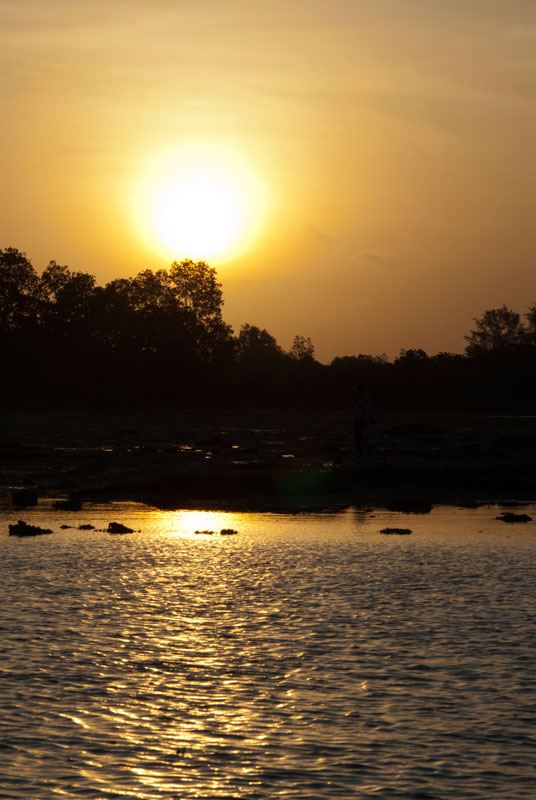
- Rising golden yoke
The break of dawn sends many animals in the intertidal back into hiding. They are becoming more visible to aerial predators such as the terns, who were actively out hunting in a shallow lagoon in rather close proximity to me. I just stood on the spot and enjoy the "painful" moments of the birds head diving into the lagoon to make their catch.
Apart from the aerial predators, the larger water predators are also out feeding, as I caught a glimpse of the black-tipped reef shark (Carcharhinus melanopterus) swimming by at the edge of the shore.
Before that, we had a good working hour in the dark, where animals were less skittish.
Andy came across a fire anemone (Actinodendron arboreum), which has a nasty sting. I took some photos of it and left it alone.
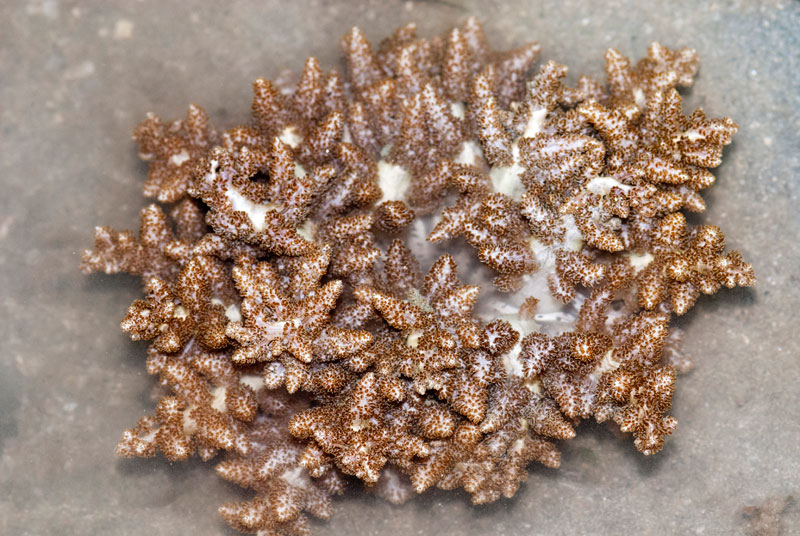
- Fire anemone
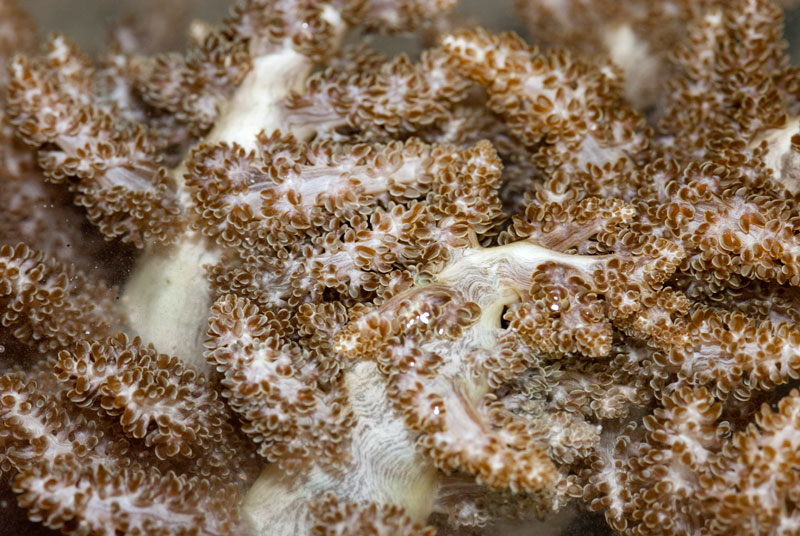
- Closer look at those stinging tentacles of the fire anemone
A suspicious clam-like opening beneath the sand reveals a beautiful strawberry cockle (Fragum unedo), which I had initially mistaken it as a heart cockle. On one side of the cockle, it looked like a heart shape, or some may see it as wings of an angel.
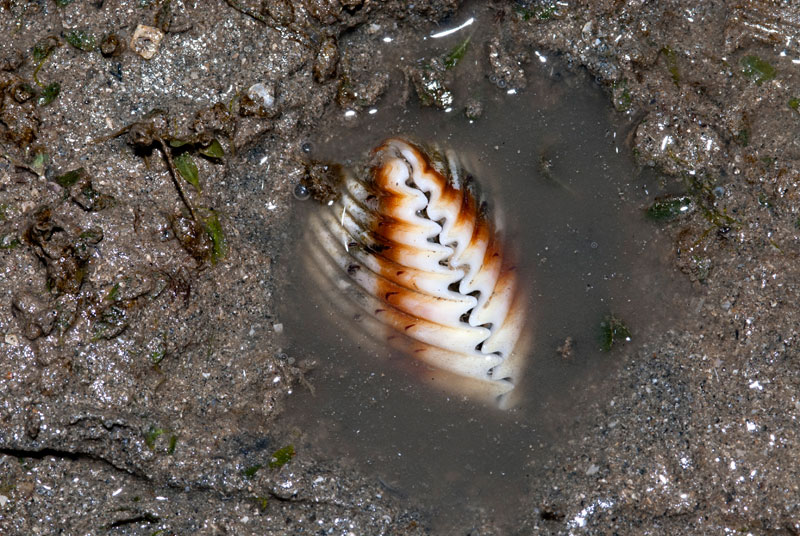
- Strawberry cockle, placed back where it was found
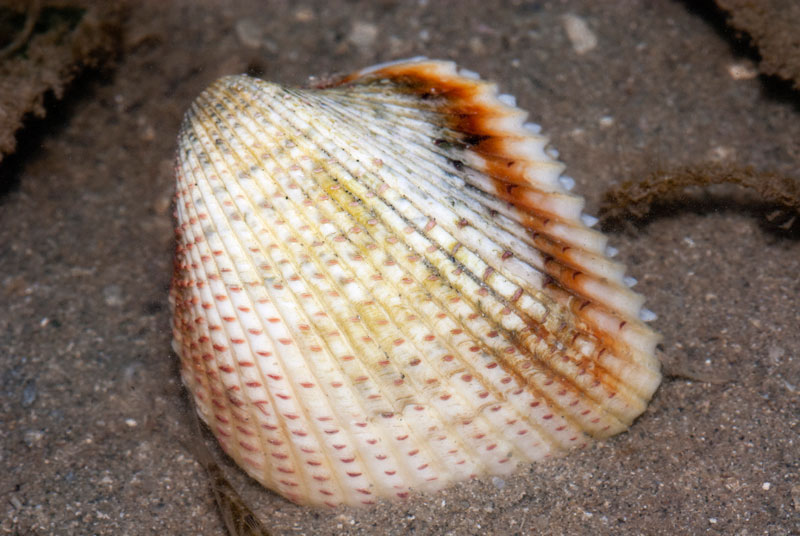
- Side view
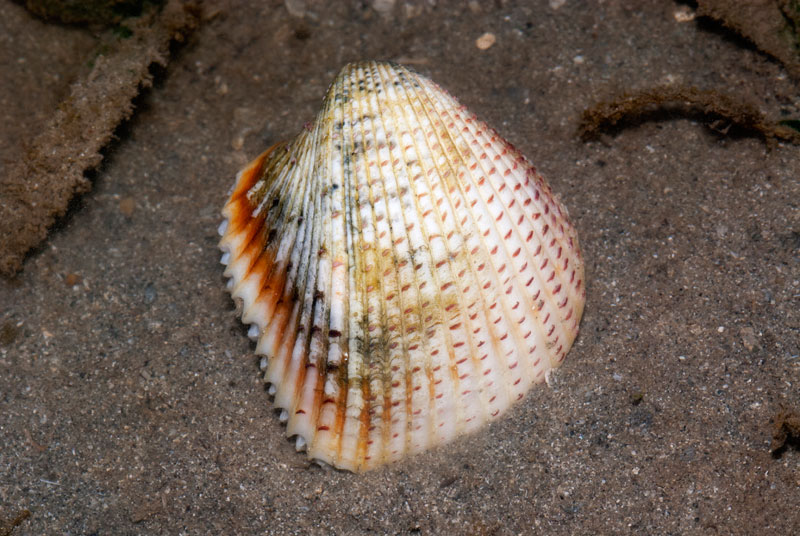
- The other side
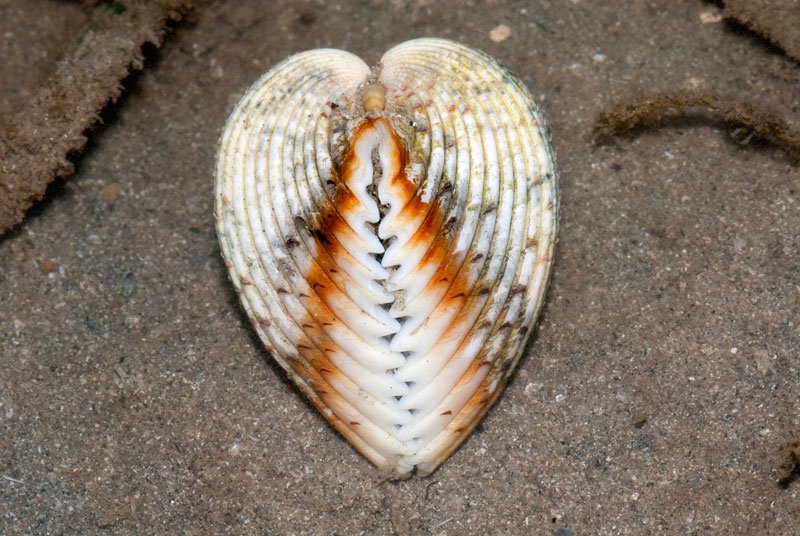
- "Angel's wings", "The heart"
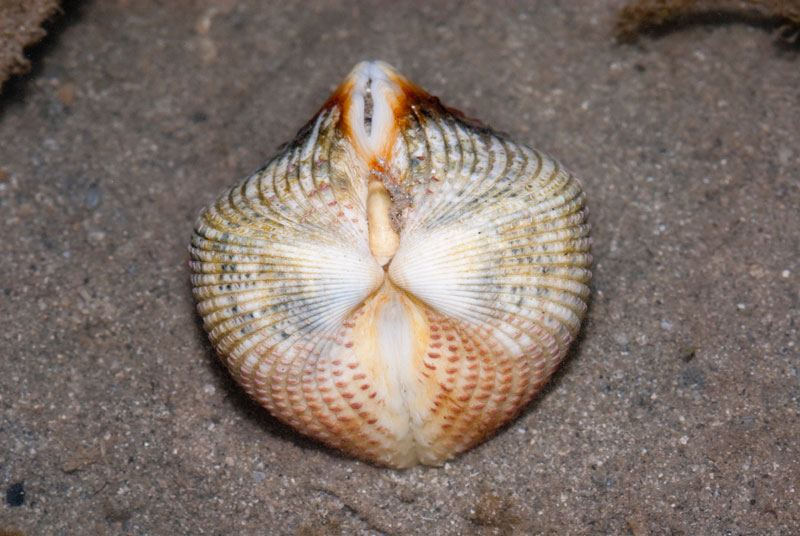
- "The butt"
Nearby, Marcus spotted a brown sea cucumber (Bohadschia vitiensis) with is sticky white cylindrical tubes (Cuvierian tubules) being released, clearly showing its objection with us disturbing it.
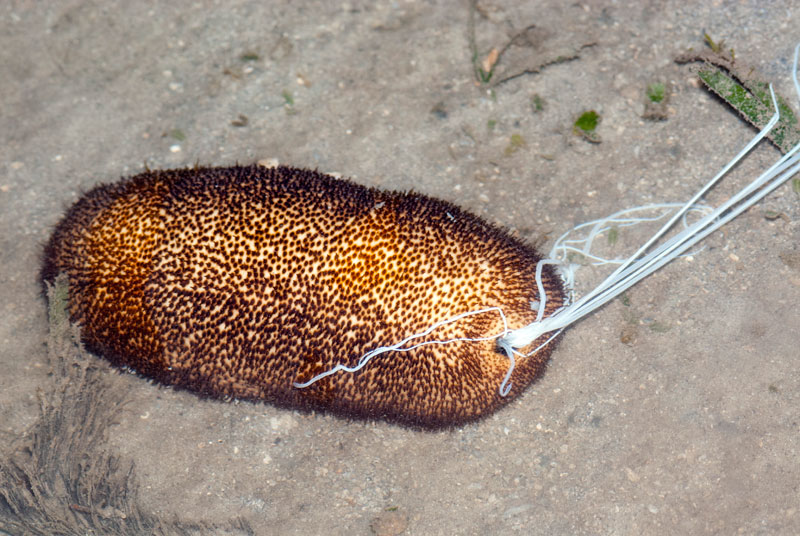
- Brown sea cucumber
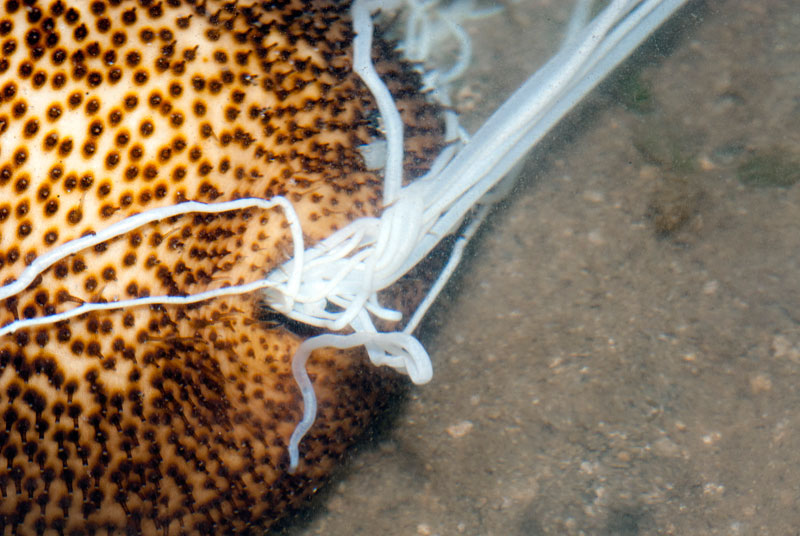
- Releasing its sticky white cylindrical tubes
Let's play spot the animal game: Can you find the animal in this picture?
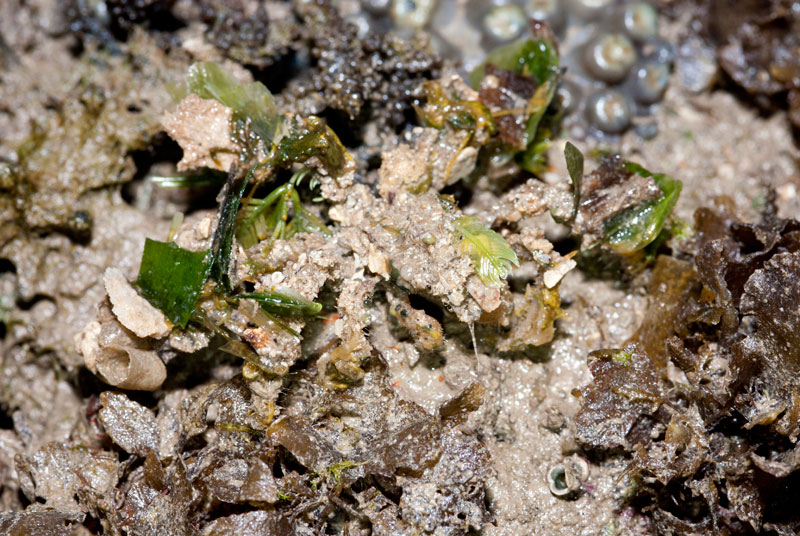
- Who am I?
Can't find it? Let me zoom in slightly.
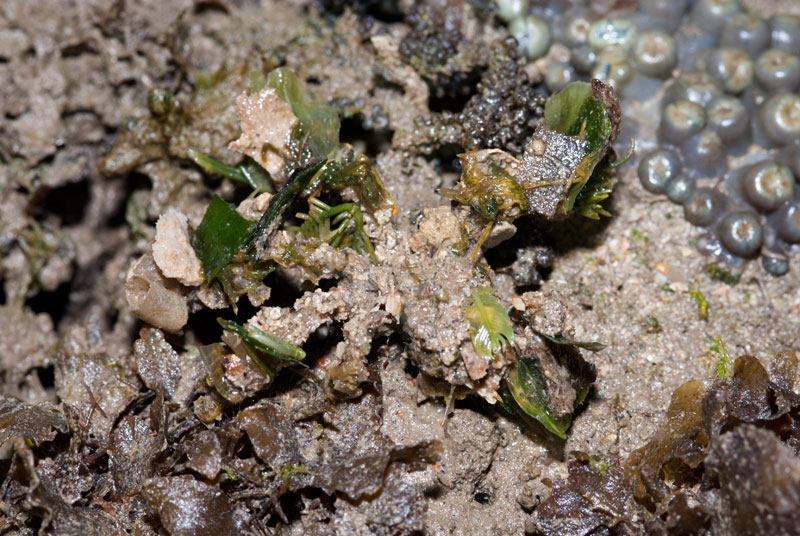
No? Let's go closer.
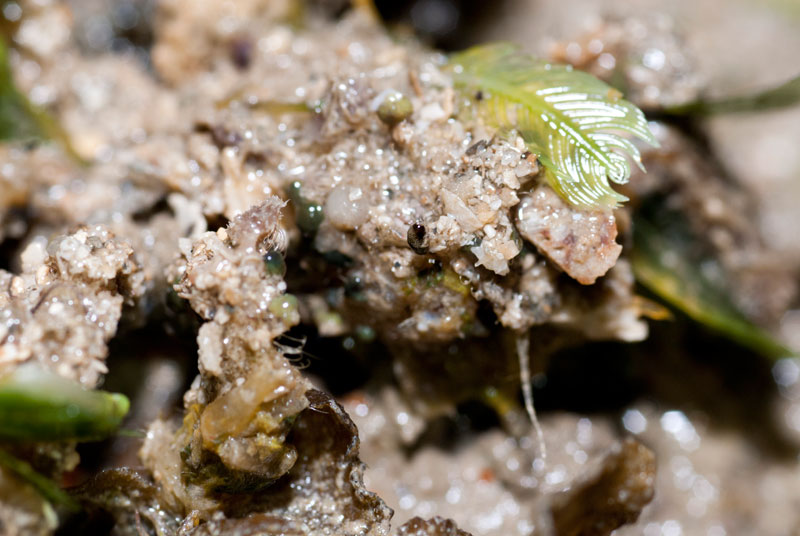
It is actually a decorator crab and this master of disguise crab had decorated itself with sand, seaweeds and seagrass. Here is a better look at the crab when it is on the sand.
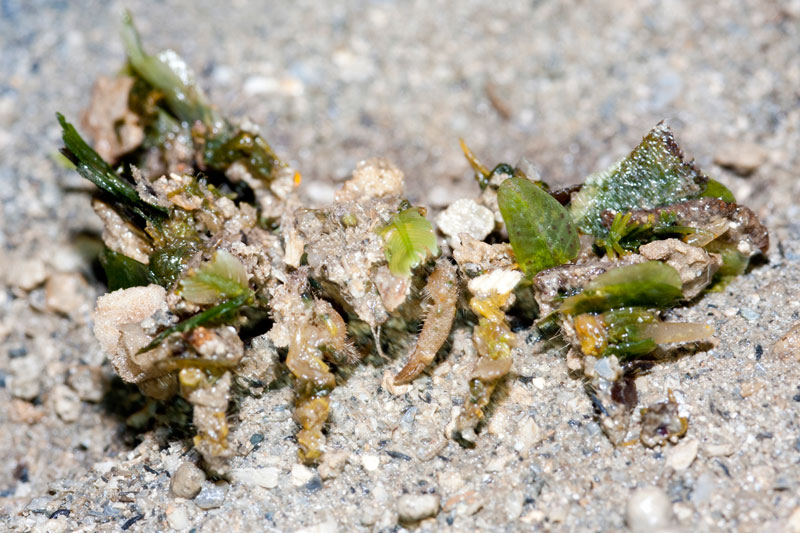
- Decorator crab
Since it is the durian season, a small durian sea cucumber (Stichopus horrens) was spotted on the shore.
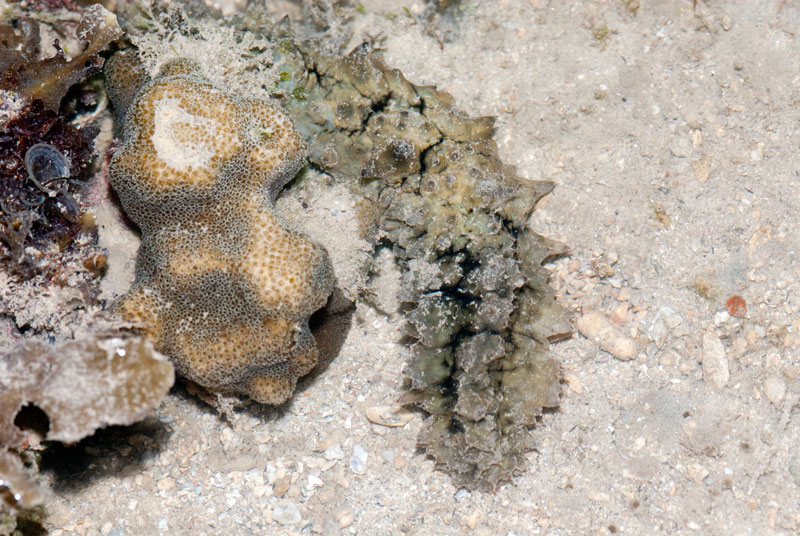
- Durian sea cucumber
As the sun rose and the animals went to hide, I got a bit bored and tired and went back to the departure point and noticed the soldier crabs (Dotilla sp.) are out busy making fine sand ball art on the sandbar. The crabs are in various sizes and I noticed that much bigger ones are more colourful. It is very difficult to spot these tiny crabs from afar but once you are near their holes, you will be able to see movements as the crabs retracts into their burrows upon sensing incoming movements.
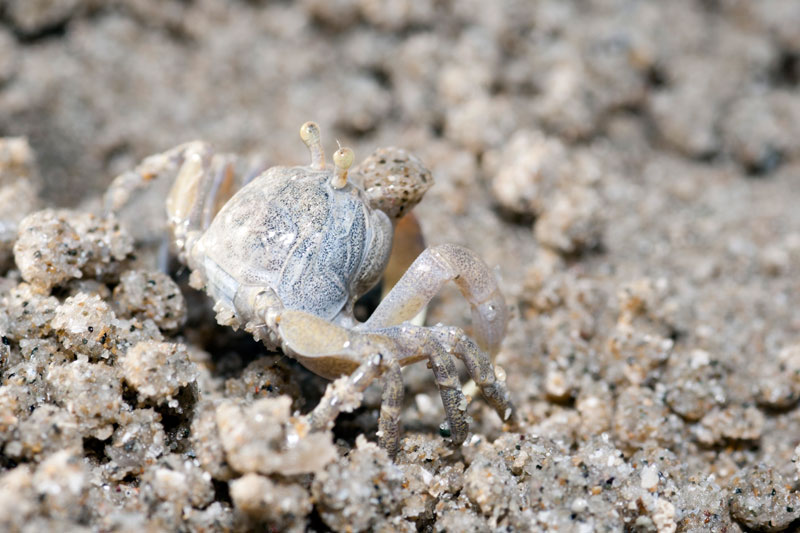
- Soldier crab almost about to drop the sand ball
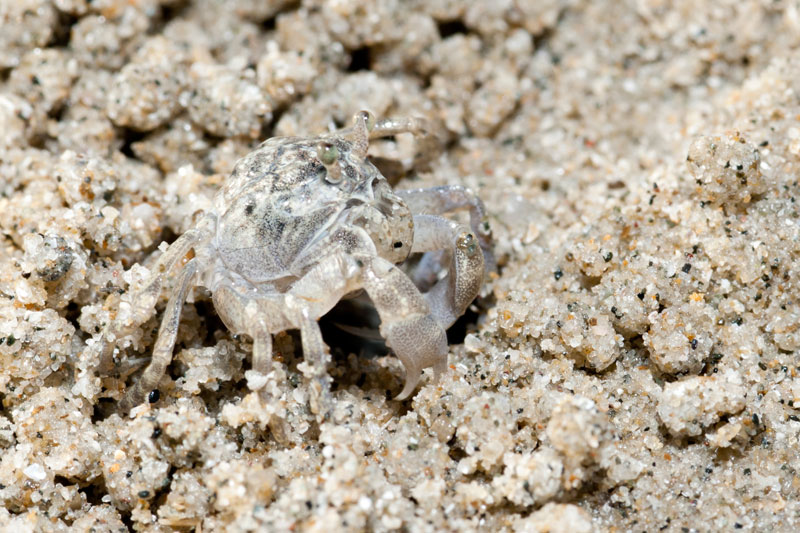
- Side view
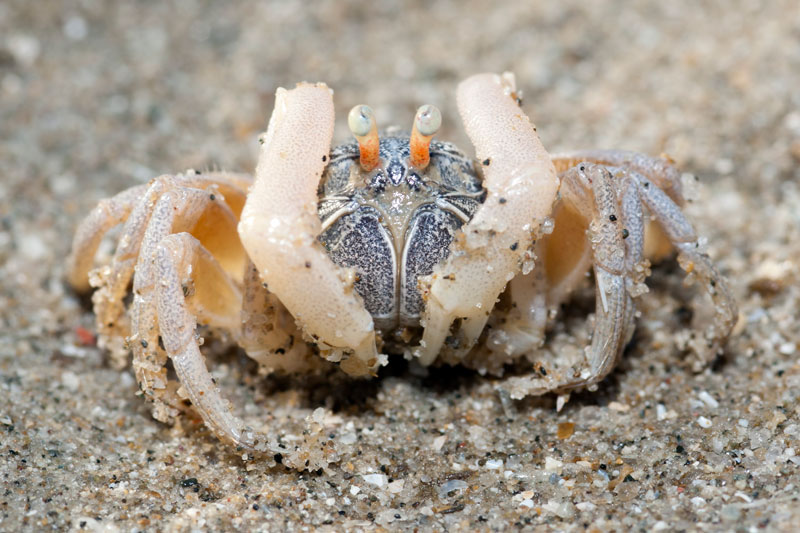
- This soldier crab is bigger than the rest and less sensitive to motion. It stood motionless for us on the sand.
This long weekend, we will be exploring various parts of the shore of Pulau Semakau. The shoreline is just too long for us to over in one trip, so we had to break it up into parts.
Come back tomorrow for another intertidal adventure from another part of Pulau Semakau.
Come back tomorrow for another intertidal adventure from another part of Pulau Semakau.
